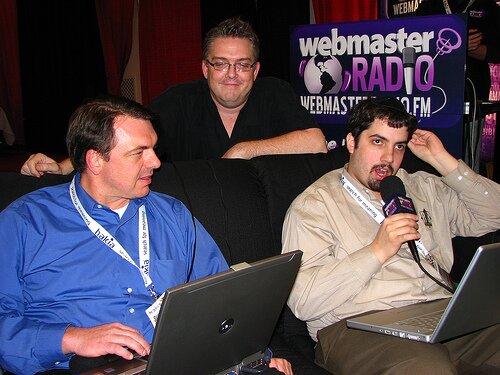Adsense Should Allow Contextual Ad Filtering by Keyword
EGOL recently made a post on the SEOmoz blog about one of the major shortcomings of Adsense: the lack of a feature to set negative keywords for the contextual ad matching. In short, EGOL is having a problem where many of the contextual ads showing on a few of his sites are not family friendly, leaving him with a poor image when people associate him with these ads.
EGOL’s issue is that while his sites are family friendly, some of his ads are not. Since most visitors do not understand the nature of contextual ads, they would have no choice but to consider him personally responsible for the smut ads Google is giving him. I also see a use for functionality such as this; most SEO types who would be visiting this blog probably aren’t to motivated to purchase ‘Get Rich Quick With Adsense’ ebooks and MFA templates. Knowing this, I could probably largely increase my Click Through Rate by eliminating these ads altogether.
Domain filtering can only go so far; I am sure that I could spend all day placing domains in the contextual ad filter, and I would never be able to remove all the Adwords and Adsense oriented ads showing up in the units to the right of this page. Yet it would be helpful if I could just set those as negative keywords in the Adsense control panel, and not have to worry about them.
What do you think? Would this be a useful feature? I am curious to hear from more people on this. Perhaps if enough people ask for it, we may see the Adsense team implement this type of functionality.
 Comments(11)
Comments(11)

